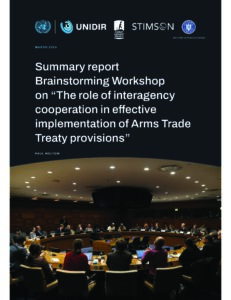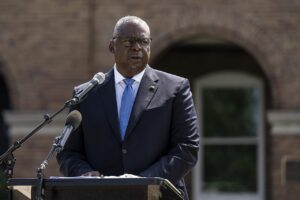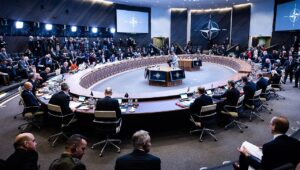When the United States launched a lethal drone strike in Yemen in 2002 against individuals suspected of terrorism, it operationalized the development and sustainment of an exceptional program for using lethal force against perceived threats outside widely recognized war zones. Nearly 20 years later, that exception is at risk of becoming the rule, in which the United States assumes broad authorities to lethally target terrorism suspects around the world in secret with limited oversight and even more limited accountability. The Biden administration has an opportunity to shift course, to change the U.S. approach so that it centers human rights and commitments to the rule of law, and to lead in setting a responsible international standard for the use of force abroad.
The U.S. drone program has posed significant legal and strategic questions relating to U.S. drone use outside war zones, the ways in which U.S. drone use has led to civilian harm, the unique challenges posed by global drone proliferation, the difficulties in regulating emergent technologies, and the damaging effects of secrecy on democracy, accountability, and the rule of law. Earlier this month, the Biden administration released the redacted policy of the Trump administration concerning use of lethal force abroad. This document demonstrates the evolution in use of lethal force as a response to devastating attacks on the United States to an open-ended and unaccountable justification for engagements around the world.
In a recent report we authored, “A New Agenda for US Drone Policy and the Use of Lethal Force,” we examine this evolution and the problematic international precedent set over the last 20 years. We document the current status of the U.S. drone program — reflecting on the legal and policy frameworks used by the last three presidential administrations to conduct lethal airstrikes outside of widely recognized war zones. Although such strikes have long been a central component of the U.S. approach to counterterrorism abroad, it’s necessary to look beyond the unique attributes of the technology itself and reflect on the ways in which the U.S. drone program illustrates the larger assumptions, policies, and actions that have guided decisions to use lethal force in counterterrorism operations around the world for nearly 20 years.




